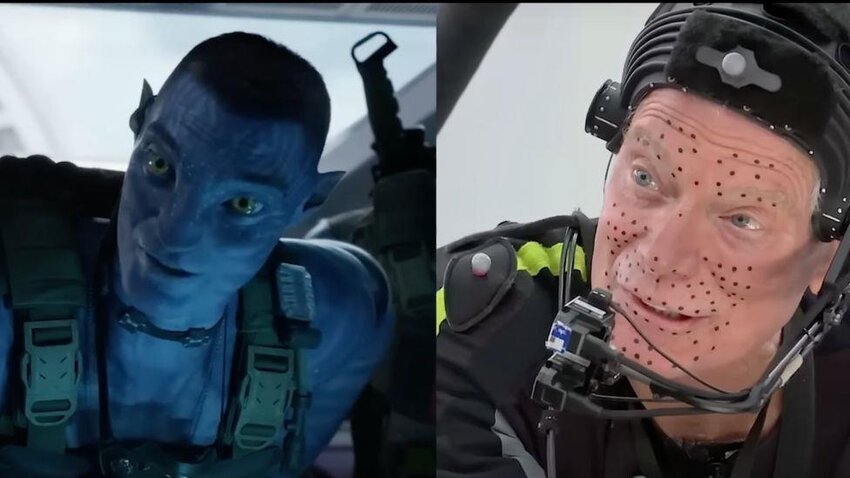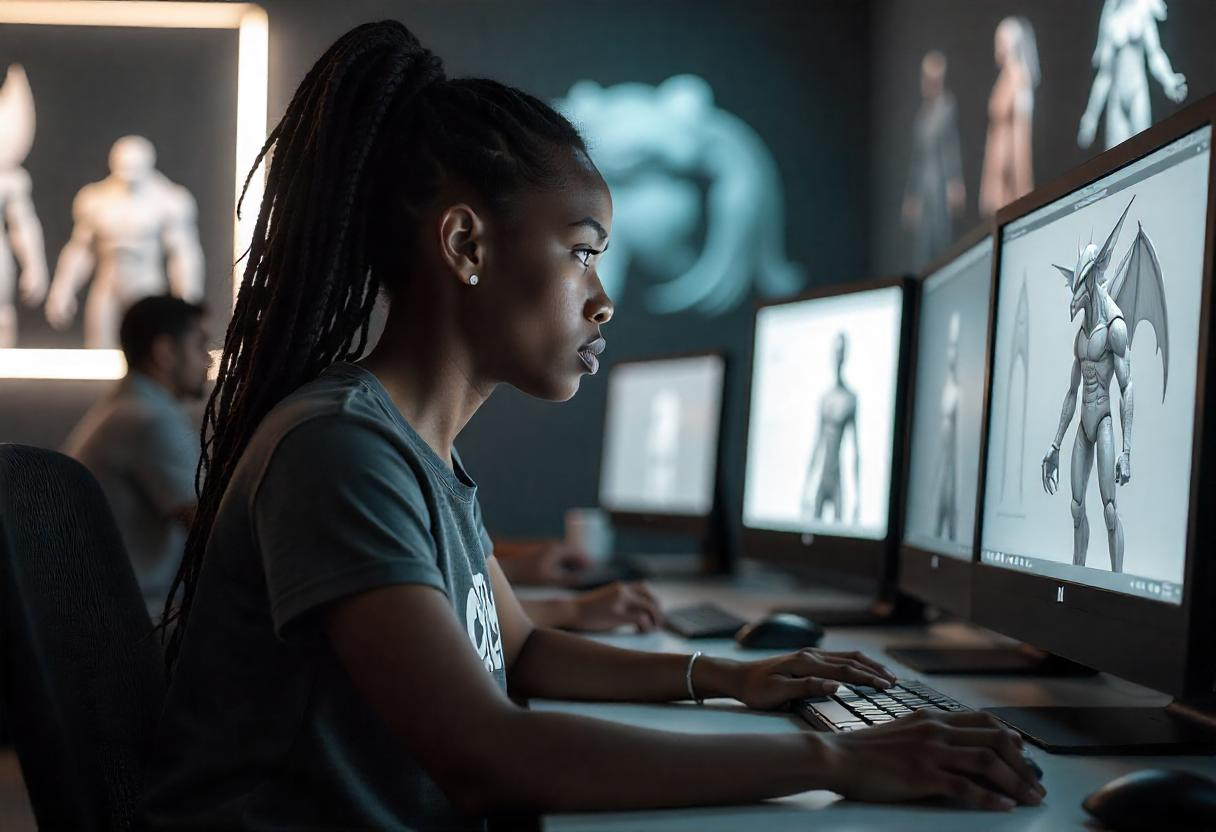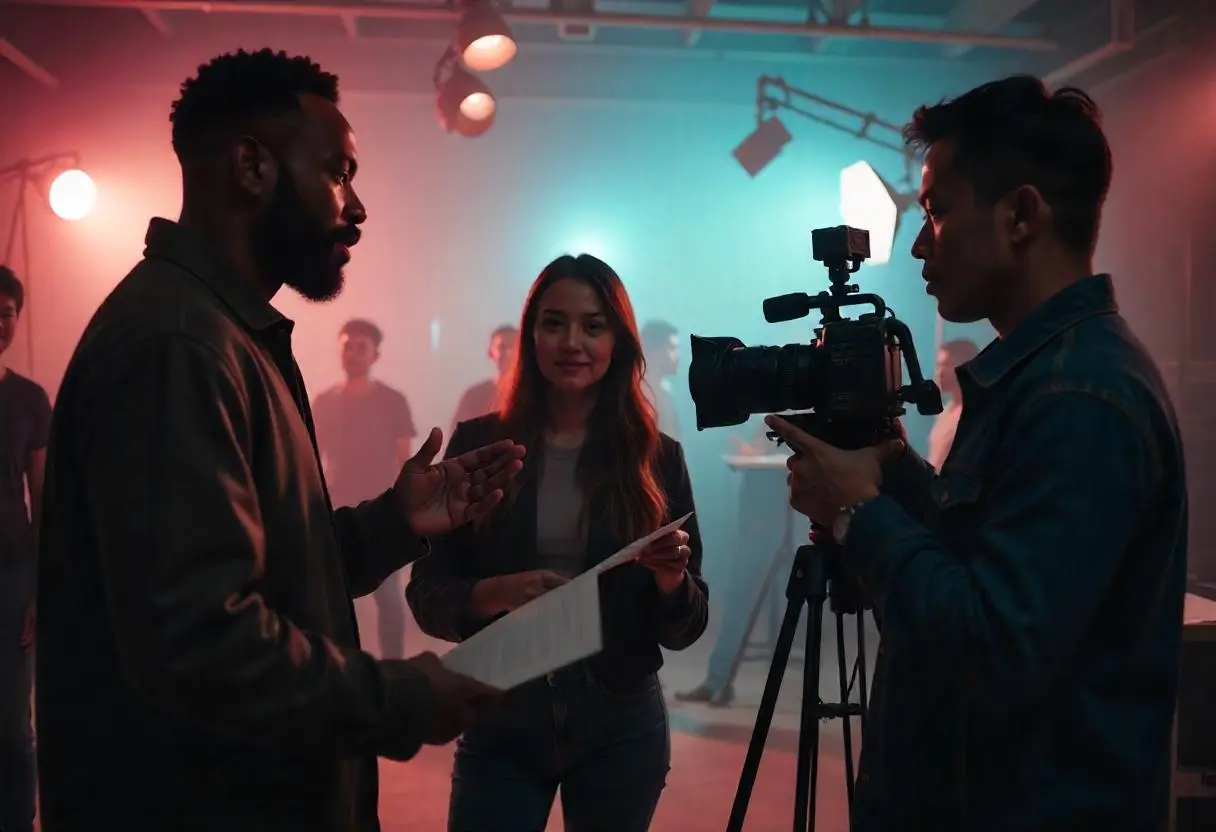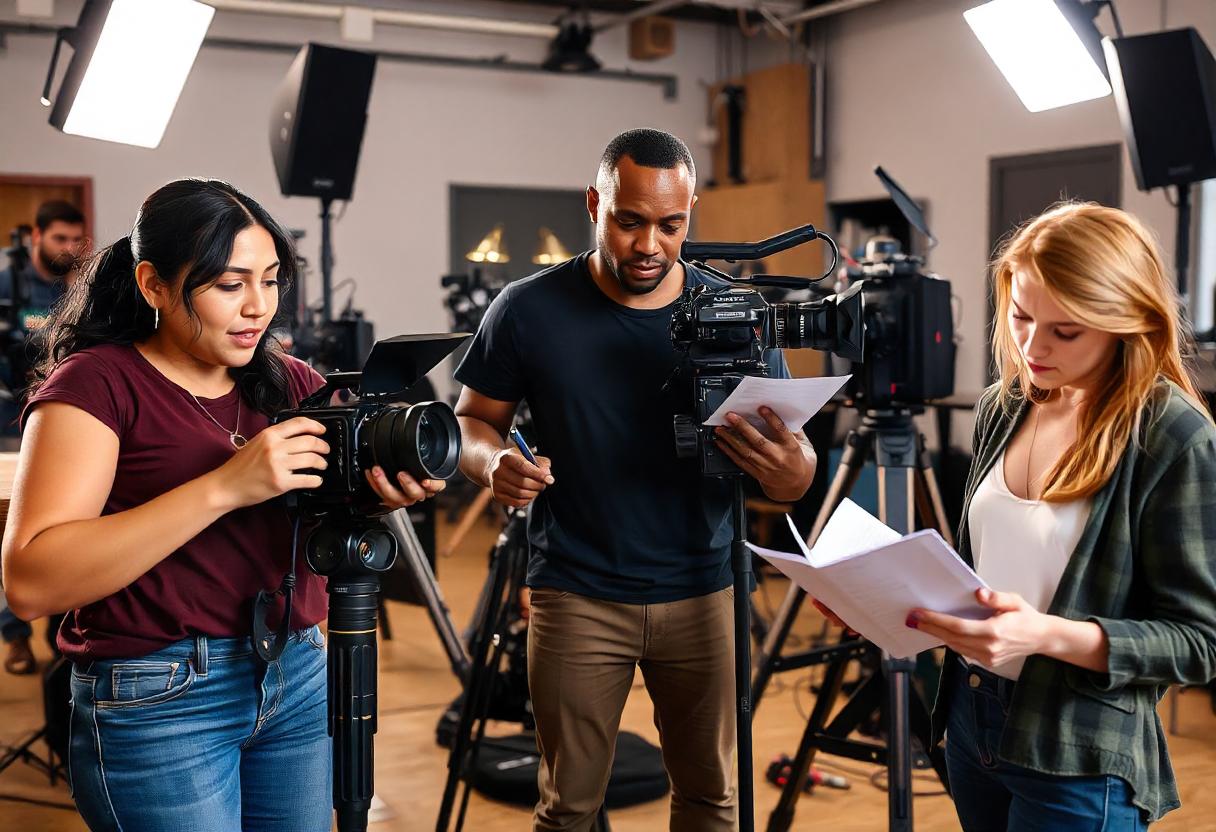CGI in Filmmaking: Evolution, Impact & Future Trends
Nowadays, quite often we find ourselves watching a movie where we wonder how the filmmakers even pulled it off.
Whether it is a superhero flying above a burning city, to a character diving through space and time, the line between reality and imagination is blurring, as we forget that these are not even real, even though we all know it is CGI at play.
Though what most of us do not know is that CGI is not just about adding visuals when making a film! In fact, from a filmmaker’s point of view, CGI is a powerful storytelling tool that holds much value rather than simply adding onto the visual component. CGI can shape the soul of the story, set the vibe, and even help define an actor’s character arc.
In this blog, we will explore the evolution of CGI in filmmaking, its impact on storytelling, and the future of CGI trends, which every aspiring filmmaker, storyteller, or even movie enthusiast should know.
Evolution of CGI: An Overview of 3 Generations
| Generations | What Filmmaking Looked Like | Example of Filmmaking |
| 1st Generation (Pre-CGI Era) | Earlier movies relied on traditional filmmaking techniques like prosthetics, puppets, miniatures, and stop-motion. While these practical methods were effective, they had limitations, especially in portraying large-scale action or fantasy. | 2001: A Space Odyssey (1968) Star Wars: A New Hope (1977) Blade Runner (1982) |
| 2nd Generation (Birth of CGI) | Filmmakers started experimenting with digital graphics for the first time, though basic, they were revolutionary. This era introduced early CGI films that combined digital and live-action worlds. | Westworld (1973), Tron (1982), Jurassic Park (1993) – realistic CGI creatures |
| 3rd Generation (CGI as a Storytelling Tool) | By the 2000s, CGI was no longer just for cool backgrounds or effects, it became a core part of the story itself. With better software and faster processors, filmmakers started blending CGI with live-action more seamlessly. This led to CGI development that brought entire worlds, characters, and emotions to life. | The Lord of the Rings (2001–2003), Avatar (2009) |
Do you want free career counseling?
Ignite Your Ambitions- Seize the Opportunity for a Free Career Counseling Session.
- 30+ Years in Education
- 250+ Faculties
- 30K+ Alumni Network
- 10th in World Ranking
- 1000+ Celebrity
- 120+ Countries Students Enrolled
Read Also: Scriptwriting 101 – Tips Every Aspiring Writer Should Know
The Rise of CGI: Current Timeline
The magic of modern CGI in the current timeline can be witnessed through movies like Avengers: Endgame, Star Wars: The Mandalorian, and Doctor Strange, which consistently delivers out-of-the-world visuals. and it is completely reshaping how stories are built, expanded, and experienced in today’s cinematic landscape.
In today’s entertainment industry, CGI is not just a visual tool; it is the foundation of many blockbuster franchises, allowing the creation of characters like Thanos or bringing entire galaxies to life. In short, CGI has become a necessity in modern filmmaking.
Book Now →
Importance & Impact of CGI in Modern Filmmaking
CGI plays a major role in how modern films are made and experienced, with its impact extending beyond just flashy effects or big action scenes. It helps directors show things that would be too expensive, dangerous, or simply impossible to film in real life.
Read Also: Evolution of Indian Cinema: Everything You Need to Know
Films like The Irishman used CGI to de-age actors, while The Jungle Book recreated an entire forest digitally. In both cases, the goal was to ultimately help tell the story in a more believable and engaging way. CGI, when used with a vision, can add depth to characters, set the tone of a scene, and create the ideal landscape, thus materializing the director’s vision.
Do you want free career counseling?
Ignite Your Ambitions- Seize the Opportunity for a Free Career Counseling Session.Here are a few examples of the real-world usage of CGI, which can help you understand the impact it holds.
- Avatar (2009) relied heavily on CGI and set new standards for visual storytelling.
- Most superhero films today, like those from the Marvel or DC universe, contain hundreds or even thousands of CGI shots.
- Studios often use a process called previsualization, where scenes are first built digitally to help plan the shoot better.
- Most importantly, CGI is also birthing new avenues for aspiring filmmakers. With access to software and proper training, students and aspiring creators can bring their ideas to life without needing a big budget or studio backing.
Emerging Trends in CGI
These are the emerging trends in CGI concerned with filmmaking that you should know about, as with the coming age, these technologies will be at the forefront of the cinematic landscape.
Read Also: Impact of Animation and VFX on Advertising and Marketing

1. AI Integration in CGI
Artificial Intelligence (AI) is now helping in CGI work. Before, artists had to spend many hours cutting out characters, fixing backgrounds, or adding shadows. But now AI can do these tasks quickly!
Example: In Brahmāstra, some fire effects and object tracking were supported by AI
Read Also: How to Become A Successful Film Director in Bollywood
2. Photorealism in CGI
As a child, you must remember identifying characters or scenes that were computer-made. But now, with new software, CGI can create characters that look like real people, places, or animals.
Example: In RRR, the tiger scene used high-quality CGI that looked quite close to real.
3. Virtual Production in CGI
Virtual production refers to the production carried out by filmmakers without physically traveling to places/locations. They use large LED screens and 3D environments to create different locations on a set. It saves money and time.
Example: Adipurush used virtual sets, although it drew in criticism, however, the movie took a step forward towards integrating a new technology in India.
4. Real-Time Rendering in CGI
Earlier, CGI needed many hours or even days to finish a single scene. But now, with real-time rendering, filmmakers can see how a scene looks while they are filming it. It’s super helpful for making changes on the spot.
Read Also: Top 10 Career Options to Pursue in 2025
Example: Avatar: The Way of Water used real-time tech to preview underwater scenes live during the shoot.
Conclusion
We have all sat in front of a screen with awe and amazement as we saw Ranbir Kapoor as Shiva creating fire in Brahmastra, or when we saw Shah Rukh Khan as Ra.One performing futuristic actions. CGI has changed the way we experience stories on screen. But behind all that visual magic are real artists, visionaries, and storytellers who dared to turn imagination into reality.
So, if you have ever pause a movie not just to admire the scene but to understand it, or if you have ever imagined creating a parallel world through storytelling and visuals, then this realm might be your calling. Most importantly, the best part is that you do not have to be a tech genius to start exploring CGI. You can literally start your journey today, with your willingness to learn and visionary storytelling!
With industry-aligned courses, hands-on training, and expert mentorship, AAFT empowers aspiring storytellers to turn their passion into real-world skills.
Explore the school of Animation at AAFT and determine which of the wide range of programs might suit you the best!

AAFT has been providing the world with limitless creativity and expression since 1993! Through a dynamic and industry-driven curriculum, AAFT provides engaging and captivating articles to persuasive blogs and empowers its readers to explore diverse avenues of creative media education-related content.











